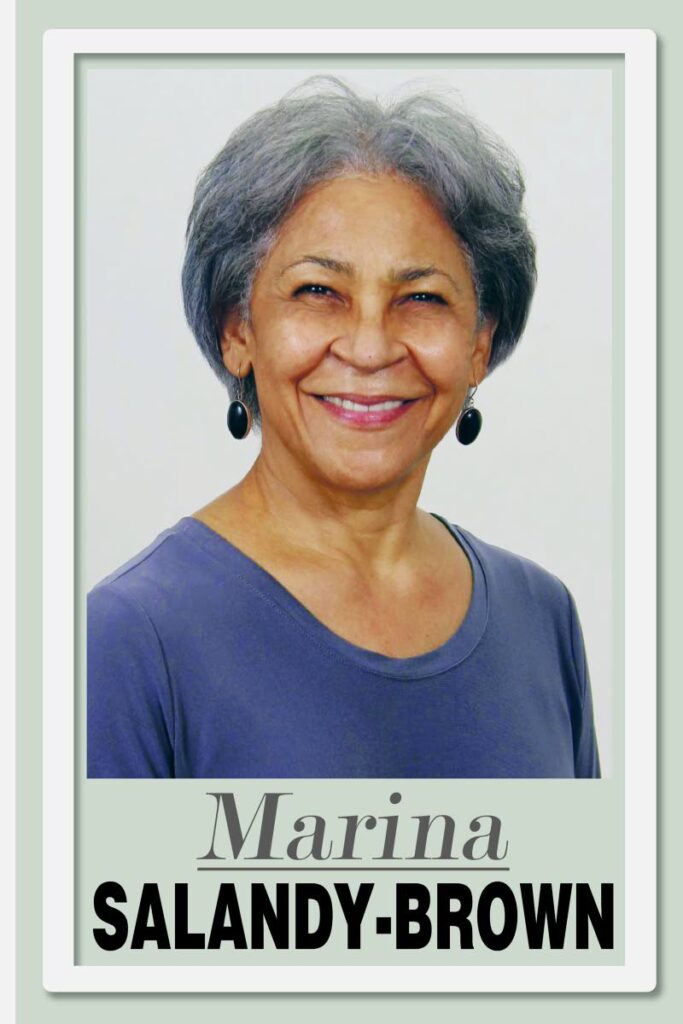The coat of arms debate

QUERULOUS chatter about the changing of the coat of arms rumbles on. Removing the famous three ships and replacing them with the steelpan divides people philosophically. It has given rise to some outlandish statements and provoked strong emotional and irrational reactions.
Even so, it is an important debate and one that is right for us to have, because the coat of arms of our country has deep symbolic meaning for us, and should do.
As a schoolchild I remember our excitement about being asked to think about suitable lyrics for a national anthem and hymn and what should be our national colours, our flower and birds and other symbols of what made TT unique. What should our flag look like?
We wrote, drew and painted and argued and sent our opinions to whoever in government was charged with the public consultation. It was exciting to be part of the making of a nation, our nation, symbolically and actually. We felt vested in TT’s future, its development and its success and were staunch in our belief that we were involved in something of great significance that required us to put our best foot forward, not just for ourselves but for everyone. Those are powerful sentiments.
And when Dr Eric Williams told us that we, the children, carried the future in our satchels, we felt pumped up by pride and patriotism.
Patriotism is something much desired and talked about by politicians, but it has to be felt deeply. We cannot insist that people feel patriotic. It is not a tap to be turned on and off.
It certainly does not help when it appears that unilateral decisions are made about changing our almost sacred symbols. It feels like we are being robbed of our personal investment in a snatch-and-grab action.
Whatever the merits of the proposed change, in a game of chess the objective is to checkmate your opponent. Every effort is directed at that, every move is calculated to achieve that goal.
If the government’s objective was to successfully change the coat of arms, it overlooked the method of achieving it. It underestimated our attachment to our symbol, no matter its flaws.
And flaws there are. I watched part of a 2000 Banyan interview with Carlisle Chang and it was revelatory. Chang, the deceased, much-admired artist, was one of a small committee of artists assembled to design the flag and coat of arms, based on the myriad opinions sent in writing to the government.
He related how the seven-member committee, like all such groups, ended up with one or two people doing the work. He consulted, but he essentially designed the flag and coat of arms. He thought the flag was unfinished. It is stark and needs a little flourish, but resisted including stars, which were overused. He expected others to be responsible for adding the extras. He concentrated on making the flag easy for children to draw with a ruler, making its dimensions very precise – the white, for example, is exactly one sixth of the dimension of the black, and together they represent one fifth of the flag’s full length.
Chang laughed ironically at the scandal of the flag and coat of arms, in the end, being designed by a Chinese man. He says black and brown Trinis did nothing except approve the final design.
He did not divulge these backroom happenings till 2000, because not even the group's membership would cut the mustard. Two Chinese, two white men, three black and in-between men. No Indians, one woman.
Probably, few, if any, suggestions for the inclusion of the pan or a tassa drum were in the letters passed to him. And if we were to change the three ships now, nothing would be lost, since those are not the ships he designed. Chang’s original design was a copy of a ship from the Genoese coat of arms (Columbus’s birthplace), but the College of Arms in London, responsible for heraldry, changed it to the Santa Maria, so we have three Santa Marias, not the Pinta, Nina and Santa Maria.
Swapping that historical inaccuracy out for the pan would be a more correct representation of an idea and much more meaningful, as it turns out, notwithstanding the symbolism of the arrival of the old world in the new.
Whatever we might think about conquest, the ships, like the pan, represent the triumph of the human spirit. It was no small feat to sail the world five centuries ago and discover new continents. It is equal to discovery in outer space that we are engaged in at present.
In any event, our colonial history is represented in the chaconia flower, named after Jose Maria Chacon, the last Spanish governor, and in the queen’s helm with the Tobago palm tree atop it.
We will not all agree with one another, but the point of debate is not to convert people to your way of thinking, necessarily, but rather to air ideas, give light where there is opacity and make us broaden how we think and therefore how we act.

Comments
"The coat of arms debate"